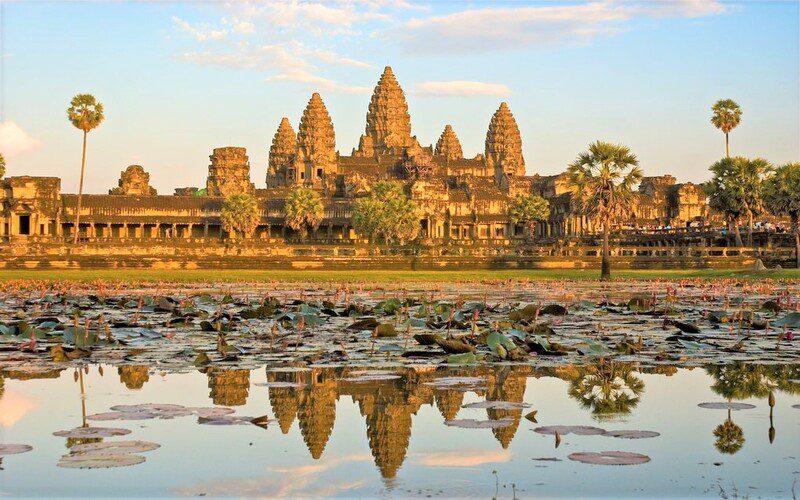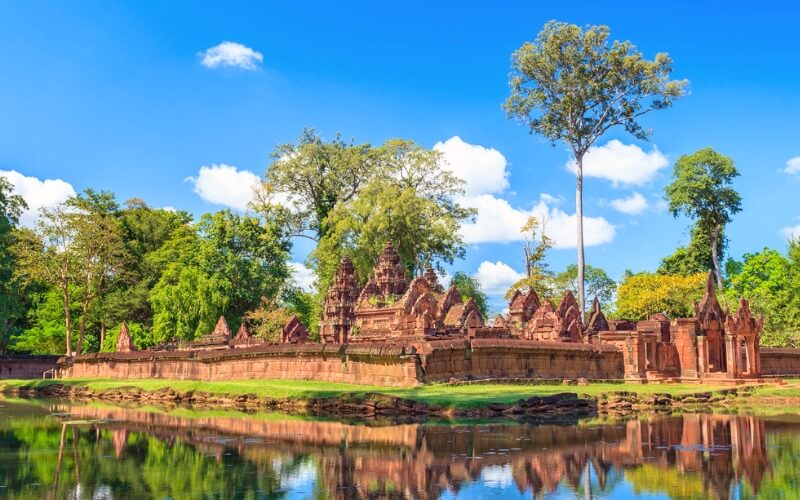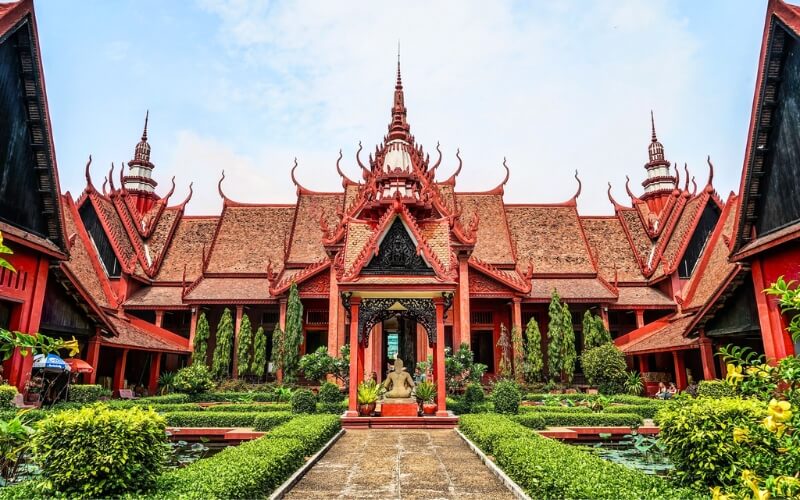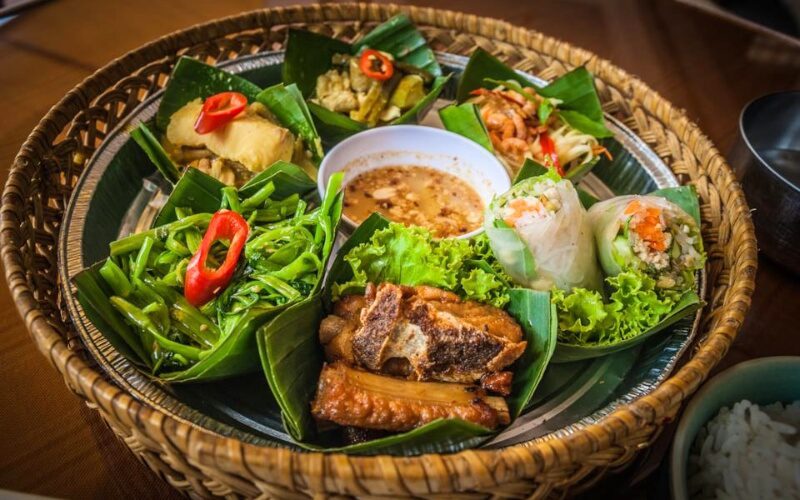
Whatever you want from your Vietnam, Cambodia, Laos, Myanmar & Thailand tour, our travel advisors are ready to help you with 1:1 advice.
Call our local experts: +84913.000.858
Renowned for its lively culture, age-old temples, and breathtaking natural beauty, Cambodia offers a multitude of captivating experiences for travelers of all kinds. From immersing yourself in the grandeur of the Angkor Wat complex to unwinding amidst the unspoiled shores of Sihanoukville, this country boasts an array of top-notch activities tailored to diverse interests. Whether you possess an ardent passion for history or an adventurous spirit, Cambodia presents an abundance of unforgettable endeavors that will undoubtedly enchant you and leave you yearning for more.

Angkor Wat
With its towering spires and intricate bas-reliefs, this remarkable temple stands as the pinnacle of Khmer architecture, making it a must-visit destination in Southeast Asia. Journeying south from Phnom Bakheng Hill, you’ll arrive at Angkor Wat, an unparalleled marvel. Undoubtedly, exploring Angkor Wat ranks among the finest experiences in Cambodia, as this grand temple surpasses all others.
Believed to have been initiated during the reign of Surayavarman II, the construction of this masterpiece likely concluded after his passing. It is said that the quantity of stone utilized in erecting this colossal structure rivals that of Egypt’s Great Pyramid of Cheops, although Angkor Wat showcases a greater number of meticulously carved surfaces, each exhibiting an astonishing level of craftsmanship.

Banteay Srei
Constructed with delicate rose-pink sandstone and adorned with a breathtaking array of intricate carvings, Banteay Srei stands as one of the smallest yet most exquisite temples in the Angkor region – a must-visit destination for Cambodia classic tours. Located approximately 30km (20 miles) northeast of Siem Reap, this renowned temple captivates visitors with its meticulous attention to detail, setting it apart from the grandeur of Angkor Wat, Angkor Thom, and the Bayon.
Banteay Srei is a marvel of craftsmanship, meticulously crafted as a miniature temple complex from fine pink sandstone. The temple’s allure lies not only in the quality of the stone but also in the gentle and melodic charm of its color. At the heart of this complex, you will find several structures, among them shrines dedicated to Shiva (in the central and southern buildings) and Vishnu (in the northern building), which hold significant importance.
Phnom Penh’s National Museum and the Angkor National Museum in Siem Reap proudly showcase some of Cambodia’s most mesmerizing artwork, including ancient statues.

Phnom Penh’s National Museum
The National Museum in Phnom Penh is housed within a striking red pavilion that was inaugurated in 1917. Within its walls, an extraordinary collection of Khmer art awaits, featuring some of the most exceptional pieces ever created. As you step inside, consider acquiring a copy of the museum guidebook, “Khmer Art in Stone,” which offers valuable insights and discussions about the most significant exhibits.
Situated along the road connecting Siem Reap to the main entrance, the Angkor National Museum, previously known as the Angkor Conservatory, offers a comprehensive introduction to Angkor and the civilization that flourished there. Equipped with well-curated galleries, it provides visitors with a profound understanding of the historical wonders.

Cambodian food
Cambodian cuisine is often compared to Thai food, with the key distinction of being less spicy. This comparison holds some truth. Cambodian culinary traditions trace back over 1,000 years, predating the introduction of chili peppers, brought by the Portuguese, and the establishment of the first Thai kingdom in the 13th century. Unlike their Western neighbors, Khmer cooks regarded chili as a condiment rather than a central ingredient, maintaining its presence on the side.
Nevertheless, Cambodian food has been significantly influenced by other cultures. Vietnamese and Chams have contributed soups and fish sauce, while Indian curries, Chinese stir-fries, fried rice, and sweet and sour dishes have also made their mark. Additionally, spices from the Far East have played a role. Despite these influences, Khmer cuisine has skillfully merged these components with a unique blend of flavors and locally-sourced ingredients, giving rise to its distinct and unparalleled taste.
Have you ever set foot in Asia, the land of ancient temples in the deep forest, massive stone structures that defy time,…
Cambodia is a country famous for its majestic ancient temples, beautiful small islands and winding jungles. If you are a nature lover…
Koh Rong, the heavenly beach of Cambodia, is the gathering place of primitive beaches with crystal water and white sand. Whether you…